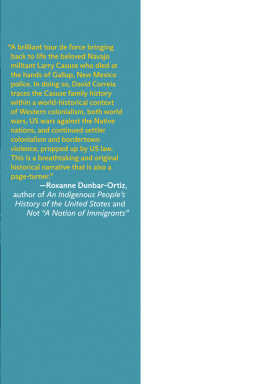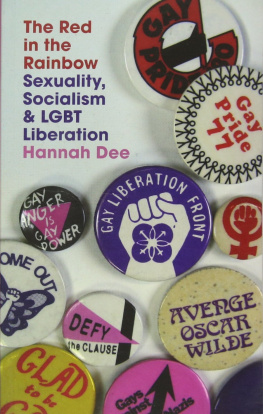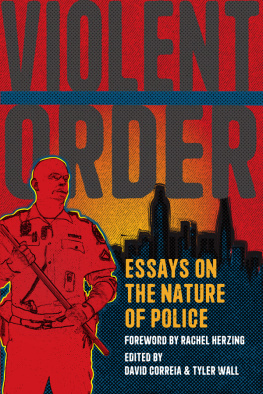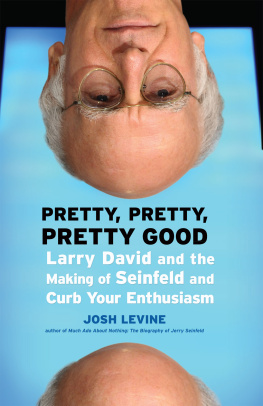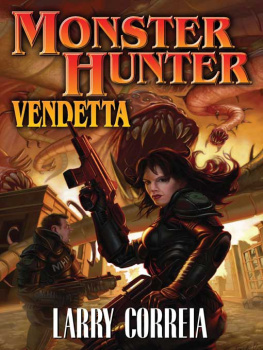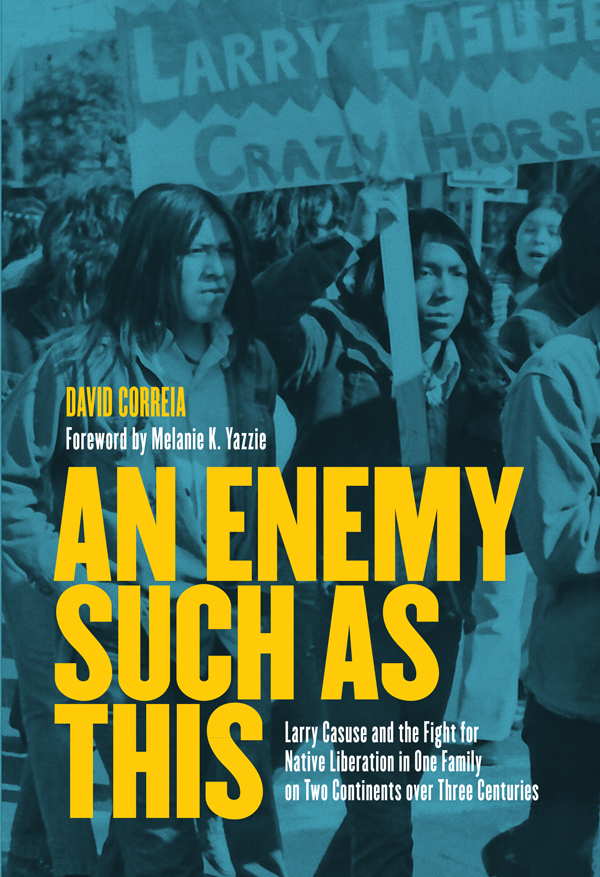Contents
Landmarks
This eBook is licensed to Emma Gunn, emma.gnnn@gmail.com on 08/05/2022
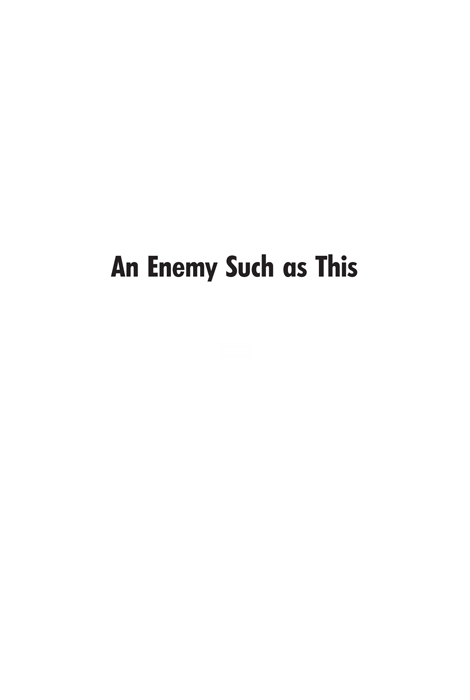
This eBook is licensed to Emma Gunn, emma.gnnn@gmail.com on 08/05/2022
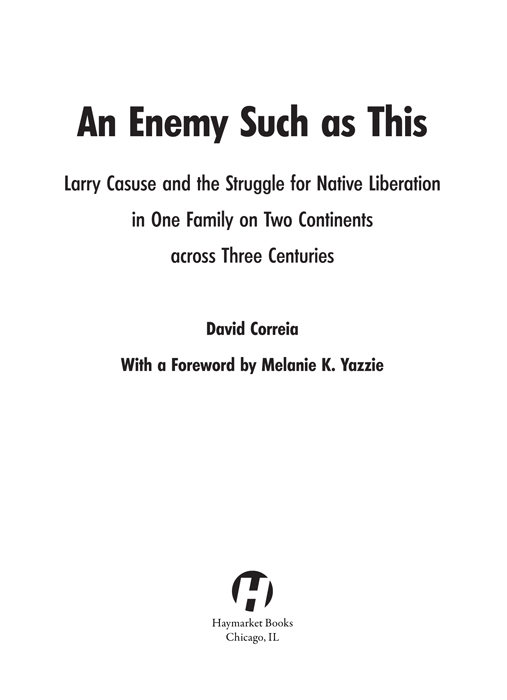
This eBook is licensed to Emma Gunn, emma.gnnn@gmail.com on 08/05/2022
2022 David Correia
Foreword Melanie K. Yazzie
Published in 2022 by
Haymarket Books
P.O. Box 180165
Chicago, IL 60618
773-583-7884
www.haymarketbooks.org
ISBN: 978-1-64259-716-5
Distributed to the trade in the US through Consortium Book Sales and Distribution (www.cbsd.com) and internationally through Ingram Publisher Services International (www.ingramcontent.com).
This book was published with the generous support of Lannan Foundation and Wallace Action Fund.
Special discounts are available for bulk purchases by organizations and institutions. Please email for more information.
Cover and interior design by Eric Kerl.
Cover photo by Anthony Louderbough.
Library of Congress Cataloging-in-Publication data is available.

This eBook is licensed to Emma Gunn, emma.gnnn@gmail.com on 08/05/2022
They brought disease, raped our women, killed our brothersthe animals, murdered our elders, leveled out the vast forests, polluted our rivers, filled our air with chemicals, called us savage, pagans, Indians Never before had we ever had an enemy such as this.
Larry Casuse, February 13, 1973
Their evil is mighty
but it cant stand up to our stories.
So they try to destroy the stories
let the stories be forgotten.
They would like that
They would be happy
Because we would be defenseless then.
Leslie Marmon Silko, Ceremony, March 1977
This eBook is licensed to Emma Gunn, emma.gnnn@gmail.com on 08/05/2022
Contents
This eBook is licensed to Emma Gunn, emma.gnnn@gmail.com on 08/05/2022
Foreword
Melanie K. Yazzie
The night of June 1, 2020, about twenty comrades from The Red Nation were walking back to our Albuquerque, New Mexico, office after a five-hour Black Lives Matter march. The march would have lasted longer and taken us into the heart of downtownhad a large group of heavily armed militiamen not stormed the crowd at Walter Street and Central Avenue twenty minutes prior, causing confusion and panic.
In a public interview that aired the following day, I said we were being hunted the entire night. Many of the Native people who attended the march assembled around a large American Indian Movement flag so we wouldnt lose one another in the large crowd of thousands. I dont remember when I noticed two menboth white, both dressed in camouflagefollowing us. When we sped up, so did they. When we slowed down, so did they. At times, they would duck into dark alleyways only to reappear further down the block. They stayed about ten yards away from us, watching, keeping pace, tracking.
The march leaders ended the protest not long after the militiamen appeared, likely to ensure everyones safety. People began the two-mile trek back up Central Avenue to their parked cars to call it a night. As we approached our office amid this stream of protesters, two figures came out of the shadows: the two white men who had been following us earlier in the night. Many of our comrades had already reached the office, and a few were out front on the sidewalk. The two men reached them first, claiming they were protecting businesses from looters and demanding to know the comrades affiliation with our office. The larger one moved to pull a pistol out of his belt. The move was short lived. For security reasons, we had kept the lights off in the office. The two men didnt realize that some twenty Native people were insidewith half a dozen more approaching, me included.
As swiftly as the militiamen stormed the protest twenty minutes earlier, twenty Native people heard the commotion and came streaming out of the dark office, quickly confronting the two men. Realizing immediately their miscalculation, they mumbled an apology and retreated, running across the street and into the darkness. We never saw them again.
As I stated in my interview the next day, it was clear they followed us because we were Native. To be Native in a bordertown like Albuquerque whether at a protest or walking down the streetis to be a threat. Suspicious. Criminal.
To be Native in these spaces is to be hunted.

David Correia begins An Enemy Such as This by detailing the history of scalp hunting that originated in Mexicos genocidal nineteenth-century campaign to exterminate the Apache. The practice became so prevalent that an entire regional economy developed around it. Apache scalps outpaced beaver pelts as the most valuable commodity on the frontier.
Mexican politicians and American and French businessmen subsidized this lucrative enterprise. Often politicians and businessmen were the same people, as the story of Santa Rita mine owner Steven Curcier demonstrates, a story Correia documents to tell the colonial history of Santa Rita copper mine where Larry Casuses father, Louis, worked, and where Larry was born. Soldiers, mercenaries, and trappers became entrepreneurs, skilled in the art of the hunt.
Indian killing became a profession.
Fast forward to 1973. Larry is fed up with the politicians and businessmen in Gallup, New Mexico. For the previous decade, Gallups local elite owned and operated the Navajo Inn, perhaps the most notorious liquor establishment in Gallups history. By the late 1960s, it was the most profitable bar in the state of New Mexico. Located mere yards from the boundary of the Navajo Nation, the bar represented misery and death for Navajo people, who frequently died along Highway 264 from exposure or car-related accidents. By the mid-1970s, McKinley Countywith Gallup as its county seathad the highest alcohol-related mortality rate in the nation.
As Correia notes, Larry would have pointed out that Navajo misery in Gallup was not an aberration or product of past colonial conquest. Navajo immiseration produced the conditions that made the Gallup economy possible in the first place. Once hunted for their scalps, Indians were now hunted according to the cruel calculations of the bordertowns predatory economy. The trade was still their death, their flesh. The profession had been replenished with a new generation of Indian killers: pawnbrokers, liquor store owners, and traders.
These were the conditions on March 1, 1973, when the foot soldiers copsof Gallups elite murdered Larry. As Correia writes, Larrys mother Lillian, who was across the street in Gallups welfare office, recalls someone storming into the office yelling, That Larry Casuse finally got what he deserved. Reporters from the towns newspaper took photos of Gallup police posing with Larrys bodya souvenir from their kill.

